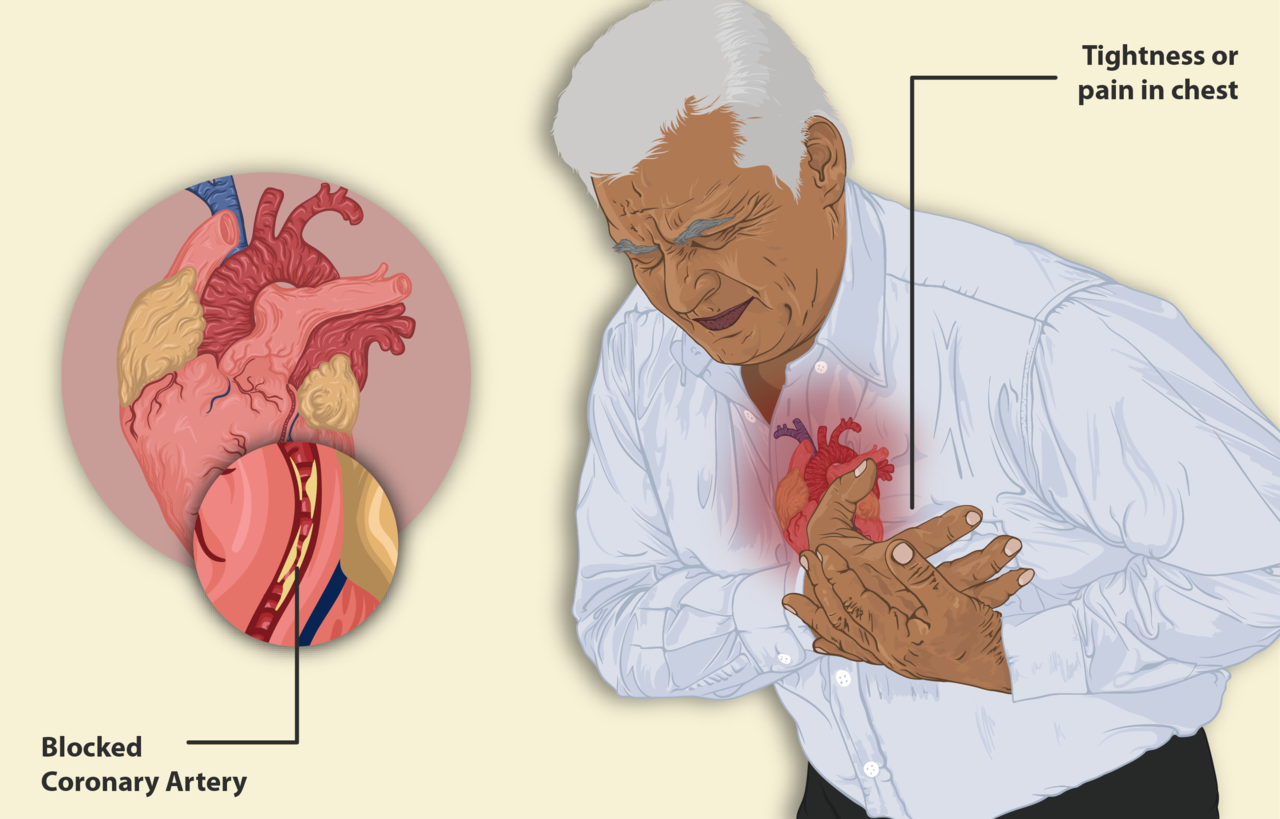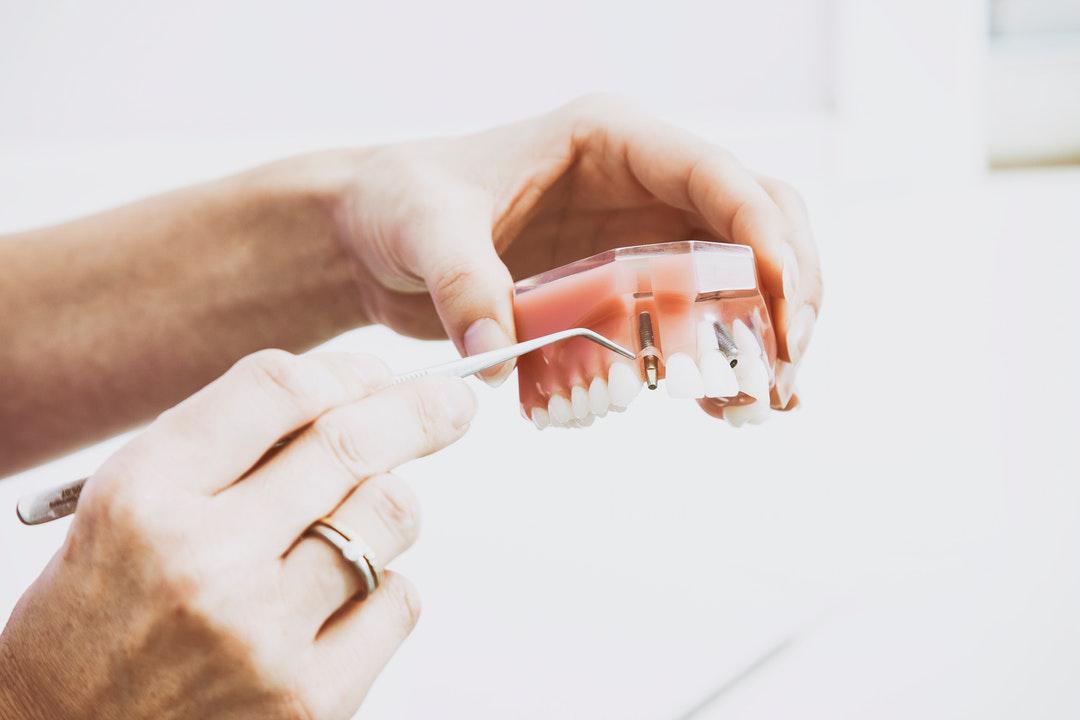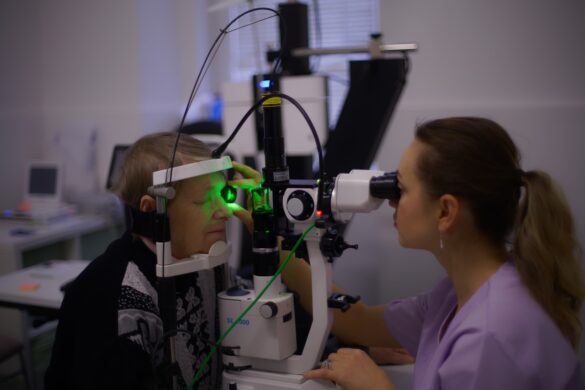
One of the most crucial aspects of providing effective healthcare is patient education.
If a patient doesn’t fully understand how to manage and proactively care for their own health it can lead to a diminished quality of life, or worse, death.
It is believed that close to 50% of deaths in the US are premature and one contributing factor is due to a lack of effective patient education.
Learning to properly inform and educate can improve patient outcomes, allow for a better quality of life and help keep individuals mentally and physically healthier and happier.
Keep reading for some strategies to help take patient education to the next level of care making life easier for patients, families, and health care teams.
1. Focus on the Patient, Not the Disease
You need to convey information about the disease and treatments but it is the patient that determines the most effective educational strategies.
Some individuals absorb more information when it is presented visually, others learn better from reading educational material.
Providing diverse methods of delivery can help you reach more patients in the most effective way.
There are many tools that health care providers use to help educate patients. They include, but are certainly not limited to:
-
Educational videos
-
Pamphlets and educational literature
-
Workshops, clinics, and educational seminars
-
Posters, visual charts, promotional flyers
-
Consultations and peer support
While not every method will be effective with every patient, if you have enough options available, you’ll be able to reach most people with one of them.
2. Technology Is Your Friend
While no one wants their patients turning to Google for their medical information, technology can be an incredible tool for educating patients and their families. Videos, educational learning modules, online support groups, medical reading materials, and patient monitoring can all be done through technology.
It’s not just helpful in delivering information initially, but can be an effective tool for patients in managing their health and care plan while at home. This not only keeps people healthier and happier in their own home but it reduces hospital admissions and improves overall health in patients who use multiple tools to be more proactive in their health.
There are apps that can help patients remember to take medications, learn to eat healthier, monitor their blood pressure and much more. It is even possible for them to get answers to anything they are uncertain of between appointments through telemedicine and other technological advances in patient care.
Patients and families can create the best care plan for them when they make an informed decision. The more information a patient and their family have access to, the better choices they will make.
3. Patient Education Should Inspire and Motivate
Every individual has something that motivates them to make the choices they do, whether good or bad. If you want patients to be enthusiastic and involved in their own care plan they need to be inspired and motivated to action.
A person who has perhaps made unhealthy choices for decades isn’t going to change that behavior just because you give them a pamphlet that says they should. You need to show the patient that it is worth it to them to make these changes.
Giving someone a blanket statement to “eat healthier, quit smoking, reduces stress” is great but doesn’t actually give the person any guidance on how to do these things. People know that they shouldn’t smoke and that they should avoid stress. That doesn’t mean they know how to accomplish those goals.
If you want your patients to make changes in their behavior, it helps to give them suggestions for how to do so and support to make the transition easier.
4. Personalize the Educational Experience
Not every patient is equal, even if they have the exact same condition, their needs may vary greatly, and your patient education strategies need to take that into account.
Someone who is already active in their daily life will have an easier time following directions to exercise three times a week and avoid fried food than a person who doesn’t cook at home and presently only eats fried food. They may not know where to even begin changing their eating habits.
A single mom with three children is going to find it impossible to stay on bed rest for six weeks if there aren’t support options in place and a plan for success before she is discharged and sent home to fend for herself.
Often patients don’t think of questions to ask or feel like it’s up to them to figure out how to succeed on their own but end up feeling more stressed and not being able to make the changes necessary for the best possible outcomes.
5. Have a Patient Education Plan
Patients and their families need more than just general information when they leave the education meeting, they need a care plan. This not only clarifies the best choices for the best outcomes but helps the patient and family have tangible, realistic goals to put into action.
The best success is found when patients have a solid support system around them. Family, friends, loved ones, and support staff should be involved in the patient education process and help develop an effective patient care plan.
It is important that the patient feels involved and in control of their life and their health. When they are an active part of creating their care plan and know what actions they can take to improve their health, they’ll be motivated to continue making positive choices.
They may find recording a health journal or keeping track of things like their meal plan, heart rate, blood pressure, exercise, etc. will help them feel more in control and to be more proactive about being healthy.
Patient Education is a Matter of Life or Death
Effective patient education can truly be the difference between a patient’s life or death. Finding strategies that work to provide the best care for each patient will help each one live a happier and healthier life.
Don’t forget to bookmark our site for easy access to all our articles and resources.









